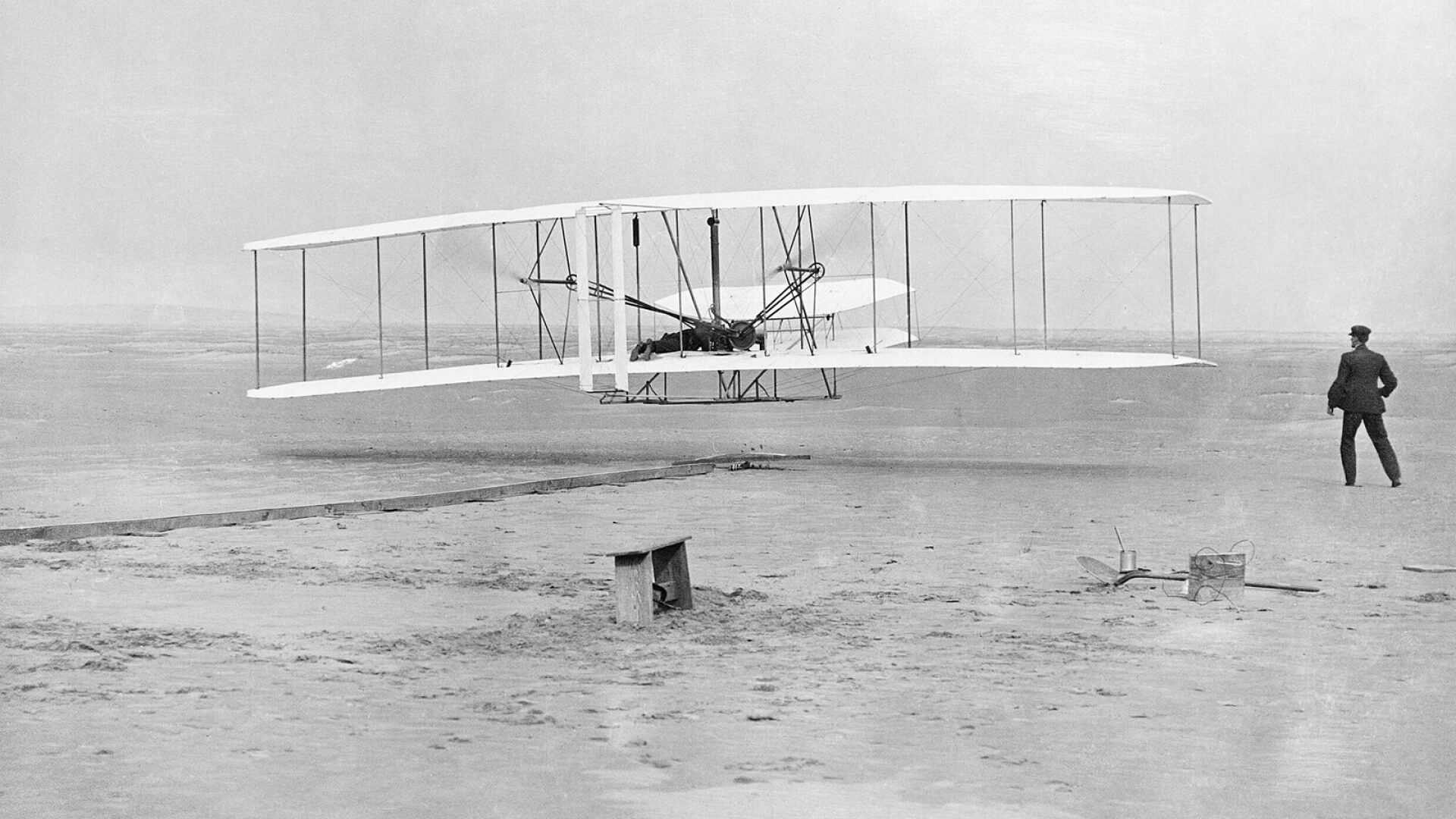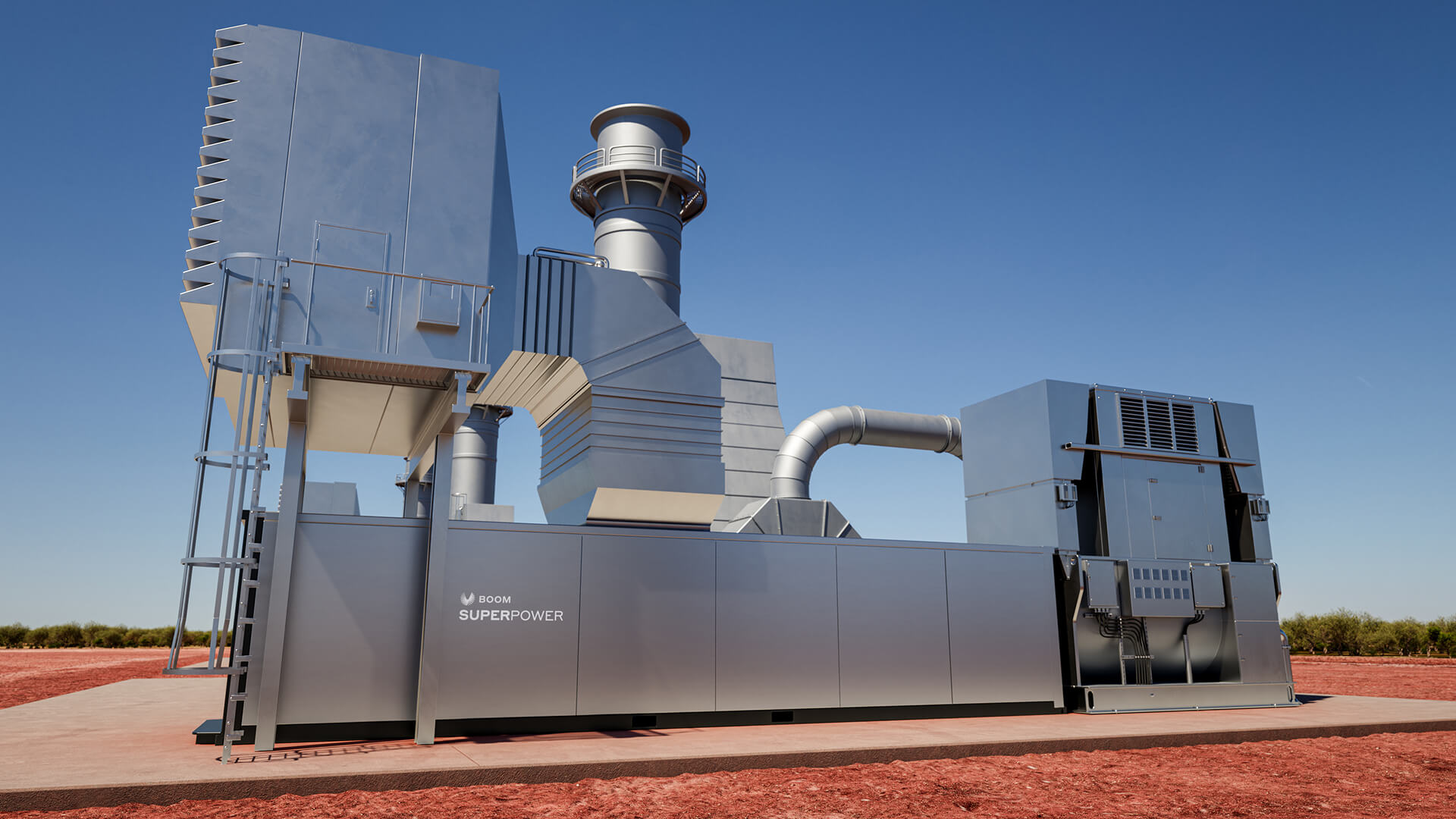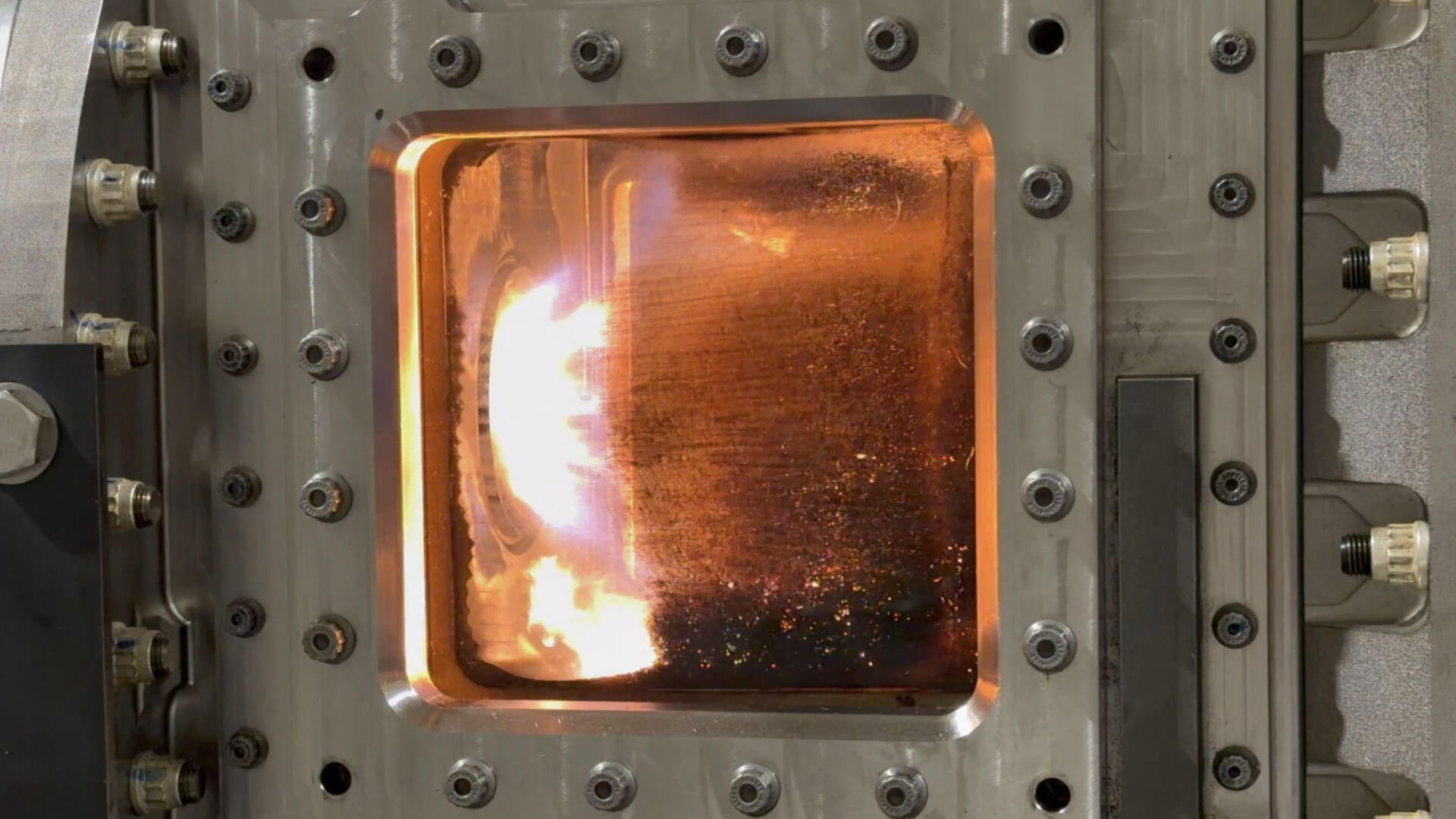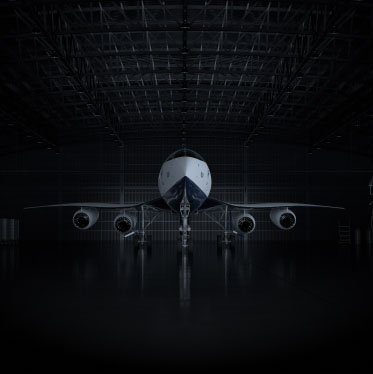Decision-makers in corporate travel—including corporate travel managers and policymakers—are in the middle of a re-evaluation of priorities for business travel, where productivity and wellness are at the forefront. In some cases, these ideals are brought together in an emerging new travel preference: blended trips that combine work and leisure. Boom partner American Airlines recently reported that blended travel — when travelers tack on vacation to their business trips — has taken about 15 percentage points of share, for a total of about 35 percent of all bookings on the airline.
Since the shift to working from home during the COVID-19 pandemic, the need for human connections with colleagues was thrust into the spotlight, as questions loomed about if video conferencing platforms would replace in-person meetings. As air travel continues its reemergence, the value of face-to-face meetings and in-person experiences has been solidified.
But the anticipation for a changing world of business travel doesn’t end there. There is a growing excitement for supersonic travel as a means of enabling in-person experiences, while also enhancing well-being and productivity of employees.
And corporate travel managers are already looking ahead to a faster future where their employees and clients can be more productive and red eyes are no longer a dreaded part of international travel.
According to a recent survey of corporate travel policy setters, corporate travel managers across a mix of industries, and travel agency policymakers that manage corporate air travel for businesses with heavy (50%+) long-haul transoceanic travel, significant supersonic air travel demand and credibility exists:
- 95% are a part of companies who have discussed supersonic
- 94% believe supersonic air travel will be commercially available in the next 10 years
- 81% would switch their preferred airlines / loyalty programs to gain supersonic access
- 64% have had airlines talk to them about supersonic
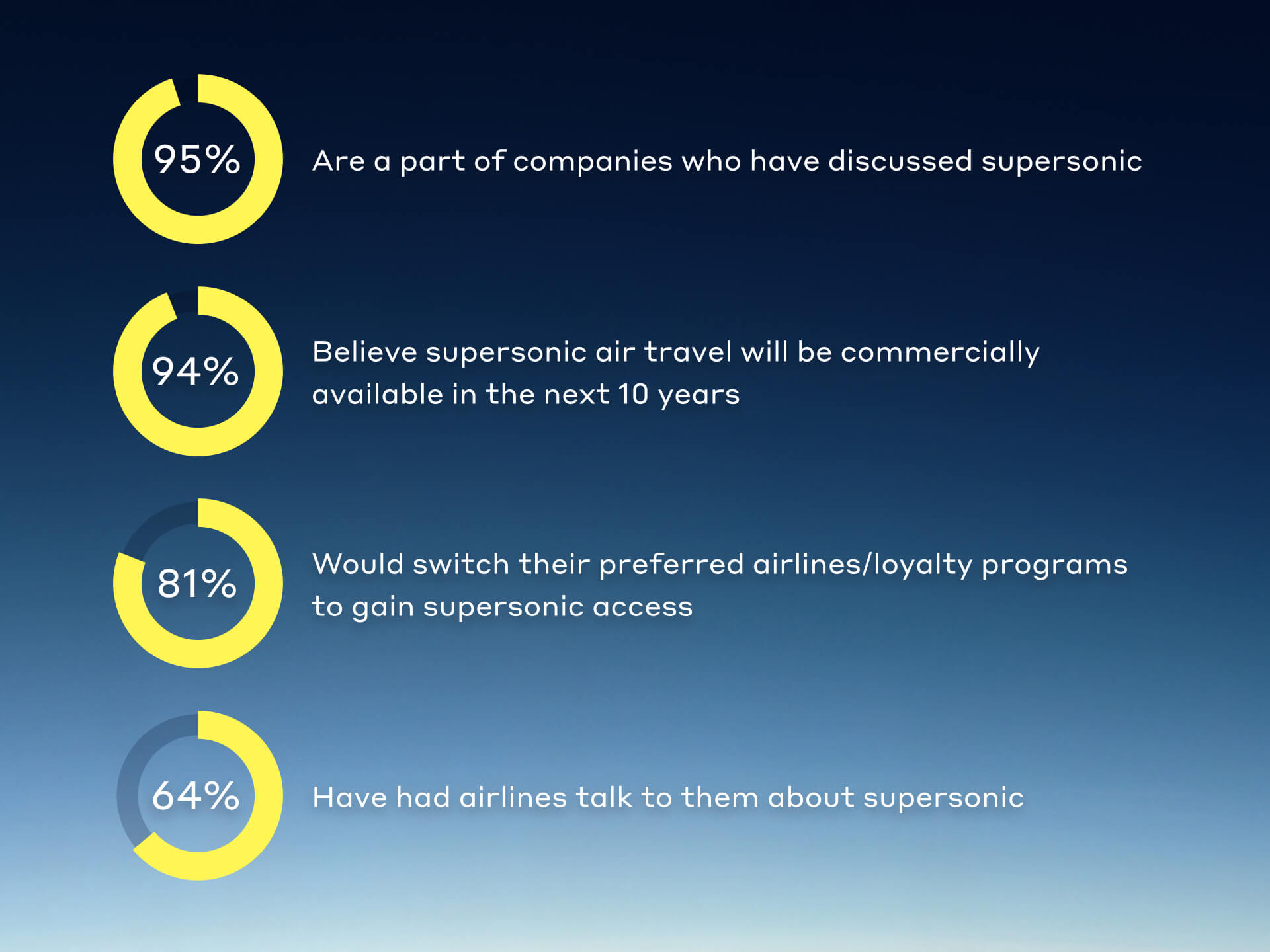
Efficiency of travel is the largest driver of appeal for supersonic. Corporate travel managers are also interested in a premium experience and promoting work/life balance.
Supersonic uniquely serves an evolved set of needs and desires for passengers. On Overture, travelers will be able to get from New York to Paris in just under 4 hours instead of 7 hours. Flying supersonic will mean that overnight flights are no longer needed and a same day trip from the eastern seaboard to the UK or Europe is possible. The blended business and leisure trip no longer needs to be accompanied by a heavy dose of jet lag.
Sustainability also drives even more interest in supersonic air travel, as Overture is optimized to run on up to 100% sustainable aviation fuel (SAF). Sustainability plays an increasingly more important role in travel purchase decisions for corporate travel.
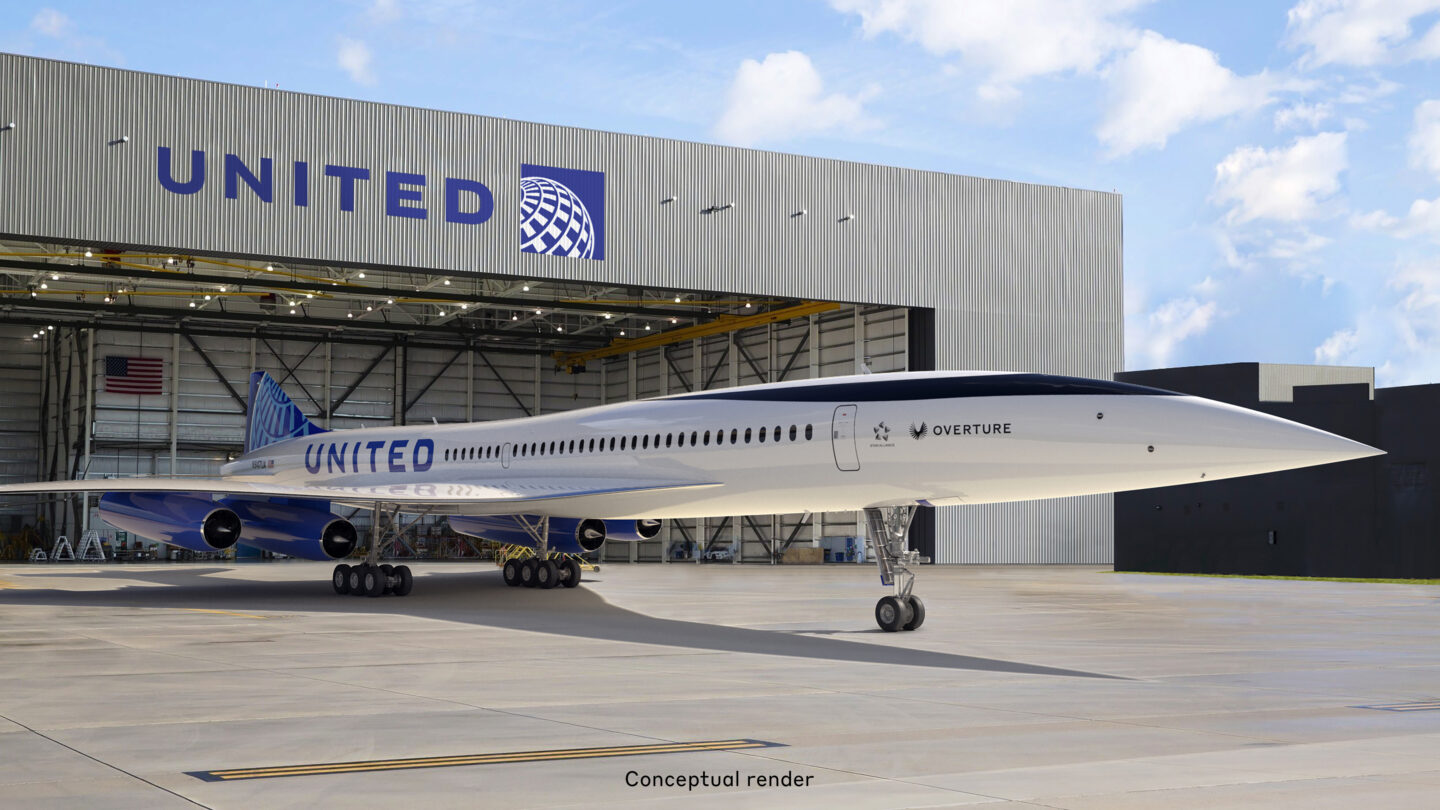
“Not unlike changes in the workplace, business travel’s resurgence comes with expectations,” said Megan Young, SVP, Passenger Marketing and Customers at Boom Supersonic. “Corporate travelers want to get to their destination faster and they expect a premium experience. Sustainable, supersonic air travel on Overture is well positioned to satisfy these new expectations.”
Boom Supersonic currently has commercial orders and pre-orders for its supersonic airliner, Overture, from United Airlines, American Airlines, and Japan Airlines, along with interest in the public sector across military branches and program offices within the Department of Defense.
Learn more about Overture and passenger demand for supersonic being at an all-time high.
Methodology
Online survey conducted in November, 2022 with 300 Corporate Travel Policy Setters—specifically, 150 Corporate Travel Managers across a mix of industries, and 150 Travel Agency Policymakers that manage corporate air travel for businesses with heavy (50%+) long-haul transoceanic travel.

